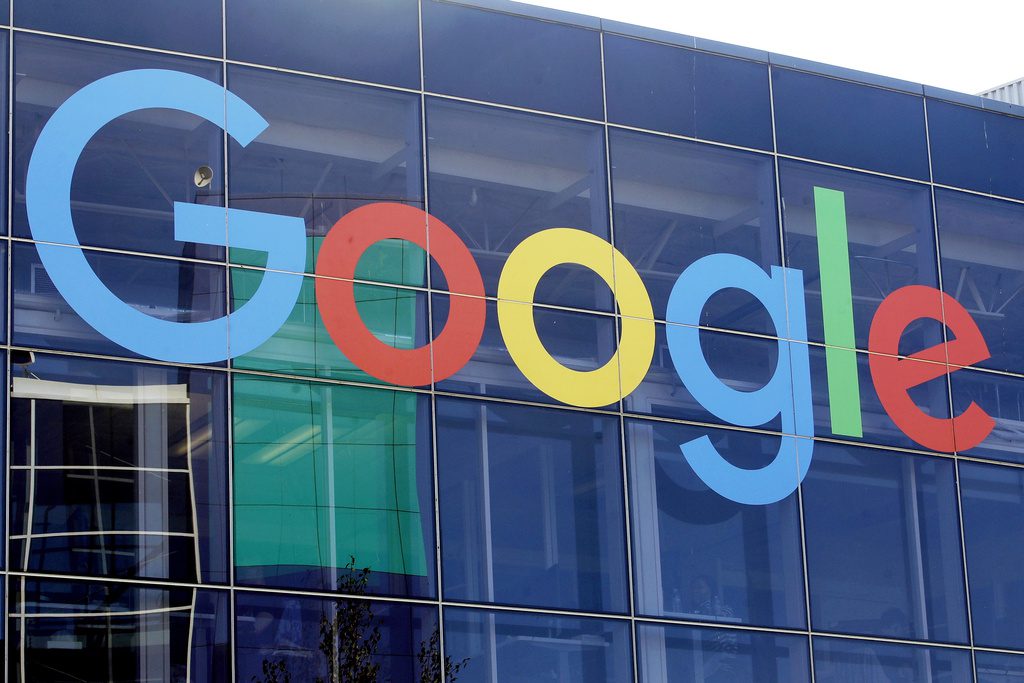Google is officially moving ahead with plans to merge ChromeOS and Android into a single unified operating system, a transformative shift that could redefine the future of computing across devices.
The confirmation came not through a press release, but in a revealing interview with TechRadar, where Sameer Samat—Google’s vice president overseeing the Android ecosystem—stated plainly, “We’re going to be combining ChromeOS and Android into a single platform.” Though informal, the comment carries significant weight, marking the clearest signal yet of Google’s ambitions to streamline its two flagship platforms.
The move is said to be part of a “multi-year project” first reported in November 2024. Since then, developments have pointed steadily in this direction, including Google’s efforts to bring Chrome browser extensions to Android and experimental desktop modes akin to Samsung’s DeX.
While Android and ChromeOS already share similarities in app ecosystems and adaptability, their unification promises even greater flexibility. The merged OS could support a wide range of device form factors—from phones and tablets to laptops, convertibles, and even desktop machines. With deeper integration, a phone connected to an external display could operate as a full desktop PC, and a tablet snapped into a keyboard case could function as a powerful laptop.
Google’s vision seems to mirror Apple’s ecosystem strength, where seamless handoffs between devices—such as using an iPad as a second Mac display or switching AirPods between devices—has long been a hallmark. Samat referenced this directly, telling TechRadar’s Lance Ulanoff that he’s especially curious about how users engage with their laptops in such ecosystems.
“I’m very interested in how people are using their laptops these days and what they’re getting done,” Samat said.
The timing of this development is also significant. Android 16 QPR1 has already introduced a basic version of desktop mode for Pixel phones, hinting at the groundwork for broader convergence. Meanwhile, Chrome for Android is being tested with support for browser extensions, which have long been a staple of desktop-class productivity.
Although many technical details remain under wraps, industry watchers expect Google to gradually roll out more features that bring ChromeOS and Android closer together, leading to a final fusion within the next few years.
For users, the unified platform could mean fewer compromises and more versatility. Whether you’re working from a phone, tablet, or a Chromebook-style laptop, the line between mobile and desktop may soon blur into a single, seamless experience.


